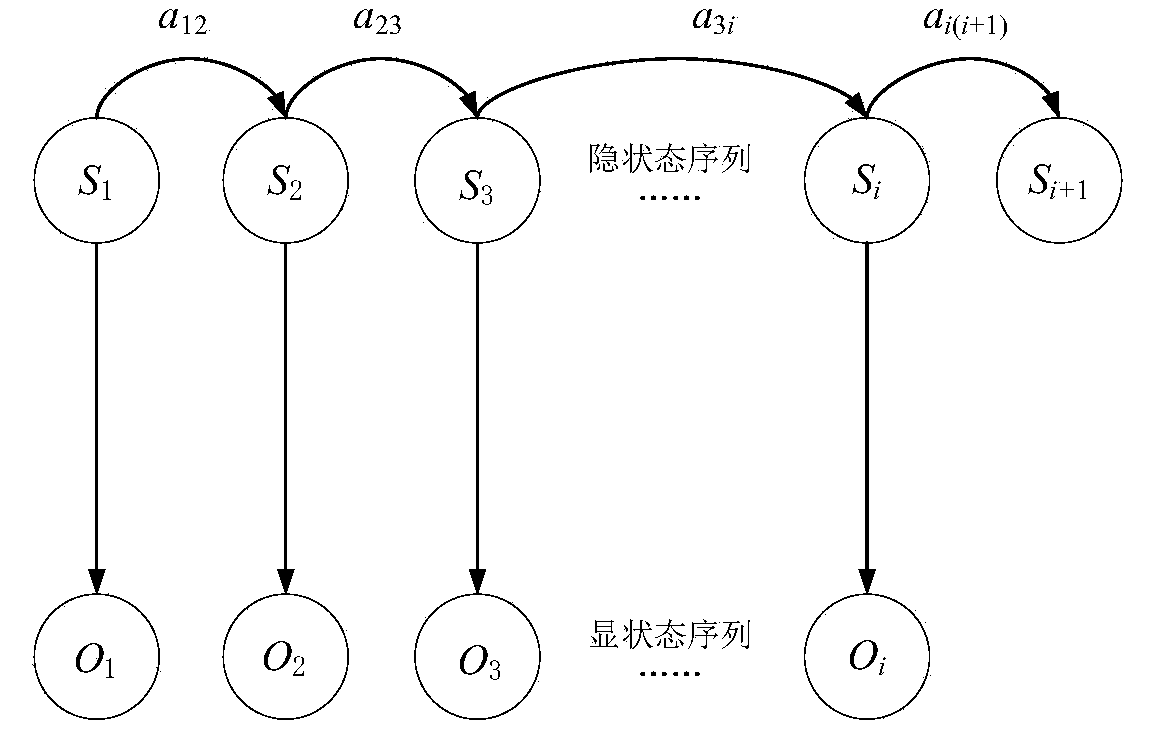Resource allocation optimization method based on mobility prediction in heterogeneous network
A resource allocation and heterogeneous network technology, applied in the field of communication, can solve the problems of inaccurate prediction and unreasonable calculation, and achieve the effect of ensuring communication services, optimizing network resource allocation, and ensuring continuous services.
- Summary
- Abstract
- Description
- Claims
- Application Information
AI Technical Summary
Problems solved by technology
Method used
Image
Examples
Embodiment
[0075] Scenario: A college campus scene where a user's movement track is recorded through an app installed on a smartphone. The location information of the user at time t is expressed as (x(t), y(t), t), where t represents time, x(t) represents the longitude of the user's location, and y(t) represents the location latitude. It is set to collect the user's location information every 5 seconds, and at the same time, record the user's traffic data information at each location. In this embodiment, the user's location data in 41 days is collected and divided into a training set and a test set, wherein the training set is 20 days, and the test set is 21 days. By clustering the location data, the user's main mobile state area is obtained. Assume that the entire campus is covered by a macro base station, which is responsible for controlling signaling and providing basic connection control services. According to the user's historical mobile track record clustering, each user's main ...
PUM
 Login to View More
Login to View More Abstract
Description
Claims
Application Information
 Login to View More
Login to View More - R&D Engineer
- R&D Manager
- IP Professional
- Industry Leading Data Capabilities
- Powerful AI technology
- Patent DNA Extraction
Browse by: Latest US Patents, China's latest patents, Technical Efficacy Thesaurus, Application Domain, Technology Topic, Popular Technical Reports.
© 2024 PatSnap. All rights reserved.Legal|Privacy policy|Modern Slavery Act Transparency Statement|Sitemap|About US| Contact US: help@patsnap.com










